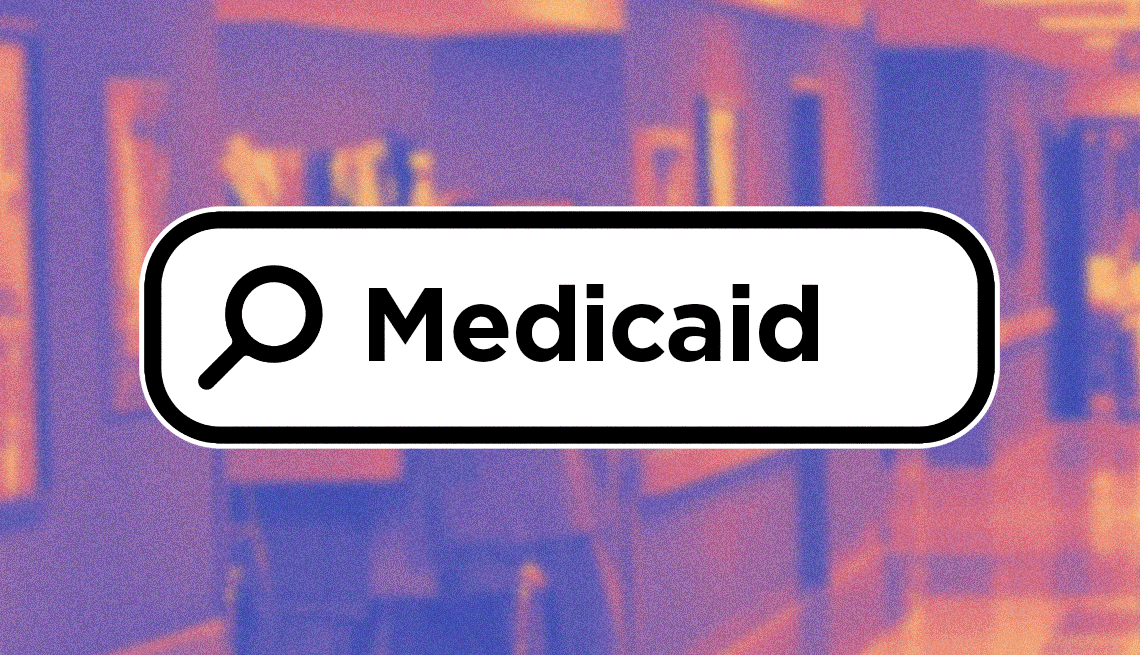AARP Hearing Center


Husky Health. TennCare. Healthy Connections. MaineCare.
These names have something in common: They all mean “Medicaid.” And if you didn’t know that, you’re not the only one.
Following cuts to the Medicaid program included in President Trump’s sweeping domestic policy and tax bill, which was signed into law on July 4, many older adults now face the difficult task of keeping up with the changes.
That attention has spotlighted the various ways states refer to the program that provides health care coverage to more than 17 million low-income adults 50 and older.
Medicaid is funded jointly by federal and state governments, and every state has the authority to set eligibility and coverage guidelines for enrollees.
Join Our Fight to Protect Older Americans
Here’s what you can do to help:
- Sign up to become an AARP activist for the latest news and alerts on issues you care about.
- Read more about how we’re fighting for you every day in Congress and across the country.
- AARP is your fierce defender on the issues that matter to people 50-plus. Become a member or renew your membership today.
Some states have put their own spin on the name to help differentiate their program from 49 others. Others made a name change in an effort to reduce stigma often associated with federal assistance.
The same in all but name
About 20 state programs use a unique name to refer to their Medicaid program, according to an AARP review of data from the U.S. Centers for Medicare & Medicaid Services and state websites.
In states with managed care systems — where companies are contracted to deliver Medicaid services — these programs may also be known by different names.
In Texas, for example, one is called STAR+PLUS, which is the state’s Medicaid managed care program for adults with disabilities or those 65 and older.

































































More From AARP
AARP Wants to Stop Medicare Advantage Upcoding
Billing method allows private plans to boost their revenue
AARP and Partners Push for Aging with Dignity
Vatican symposium highlighted global challenges and solutions
AARP Teams Up to Stop and Spot Scams
With Amazon, Google and Walmart, we're helping law enforcement curb fraud